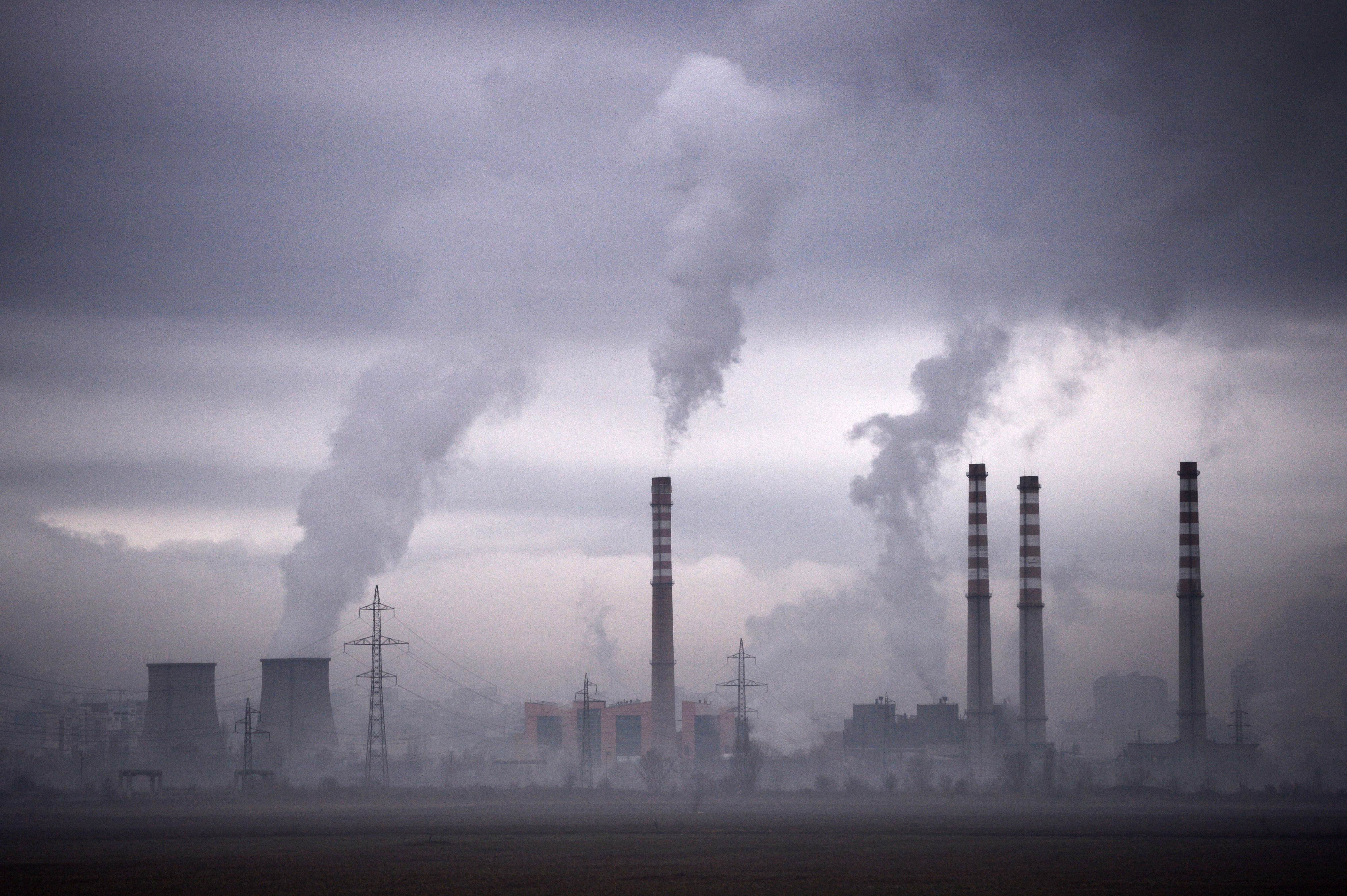Who is The Hillbilly Environmentalist? I’m Michael Hill, an Appalachian Hillbilly, having grown up in the coal fields of Southern West Virginia, and having lived all my years up and down these ancient hills, from Coal City, W.Va., to Charlottesville, Va., to western NC. To me, few things compare to gently pulling a southern brook trout out of a cold, clear, relatively unpolluted headwater stream, or walking through the spruce-fir forests on our highest peaks. All this grandeur continues to be threatened by industry, greed, thoughtlessness, and climate change. I teach mathematics and environmental science at Asheville School. My wife and I cofounded 4X4 for Wild, a 501(c)(3) organization whose mission is to create habitat for native pollinators in urban and suburban areas.
I am fortunate that I live and work in the same place, on the campus of Asheville School. One wonderful advantage is that I walk to work each day, usually with my oldest daughter, who attends school where I teach. However, one thing I miss is the commute time listening to podcasts.
On a recent drive to visit family in West Virginia, I listened to a podcast considering the various aspects of the Anthropocene, The Age of Man. Geologists are considering officially calling our present epoch “Anthropocene,” signaling a transition from the Holocene, but the new name has come with some reservations.
The convincing argument posed by the pro-Anthropocene camp is that humans have so significantly altered the earth’s natural biogeochemical cycles, that the geological record thousands or millions of years from now will show a definite “golden spike” beginning at around 1950 or so. That is, when geologists dig through the rock and rubble and ice to strata representing the current age, they will see strong evidence of our significant changes to the earth’s cycling of carbon, nitrogen, phosphorous, and sulfur. For example, our burning of fossil fuels has increased atmospheric CO2 to over 400 parts per million, a level not reached in at least 800,000 years.
Exploring the effects of man on nature during the Anthropocene has already taken up many pages of other writers (e.g., Learning to Die in the Anthropocene, by Roy Scranton). I want to discuss a concept that I find even more frightening—the idea that we are rapidly approaching another epoch—the Ermocene, or The Age of Loneliness, an idea expressed by the eminent biologist and author E.O. Wilson in his most recent book, Half-Earth: Our Planet’s Fight for Life. Dr. Wilson defines the Ermocene as a period when it’s just humans, our domesticated animals, and our croplands “all around the world as far as the eye can see.” No forests, no wild black bears, no elephants, no swampland, no wilderness.
Perhaps this sounds far-fetched now, especially given the hundreds of thousands of “protected” public lands we enjoy in the East. But taking a broader view, we know that approximately 25% of the world’s mammals are at risk of extinction (according to the International Union for Conservation of Nature), that nearly two-thirds of the world’s vertebrates have disappeared since 1970 (not extinctions, but sheer number of animals), that globally we cut down 15 billion trees every year, or 41 million trees every day! Even in the United States, forests move farther and farther away from us—the average distance from any point to a forest in America has increased by 14% since 1990. Consider: How many developments have you passed by in the past few weeks? New houses, strip malls, grocery stores? What happened to the trees that were there? Now, did you see that group of volunteers replacing those trees with new seedlings? (I thought not.) The point is that we continue to shrink and fragment habitat at an alarming rate, and this phenomenon is prominently responsible for our accelerating rate of biodiversity loss worldwide, especially in such crucial areas such as the rainforests of the Amazon and in Indonesia.
In the Southern Appalachians, we are blessed to live in an area of relatively high biodiversity; for example, it’s been said that Great Smoky Mountains National Park hosts the most biodiversity in all North America. However, even though our public lands are not seeing a rapid loss of forest cover and habitat, they still face significant threats—invasive species, climate change, and pollution form a cocktail of devastation for biodiversity.
And here we arrive at the crux of Wilson’s argument: Just how lonely will we feel when we are the only ones remaining, with no spring peepers to peep (amphibians are especially susceptible to forces of extinction), no Carolina wrens to serenade us at dawn, no towering oaks to shade us, purify our water, or exhale oxygen for us to breathe? Come to think of it, how lonely are we at times even now, when we are stuck in front of a screen or in traffic, or sitting in front of the television watching another press conference?
What can we do? First, we can do what readers of this magazine always do—go outside and cherish what we do have. We can take an active stance against the considerations in Washington, D.C. to pull out of global climate agreements, to provide big polluters and mountain top removers a free pass, to gut our Environmental Protection Agency, and to disavow proven science. We can plant trees, save our personal forests, and contribute to the many excellent conservation organizations in our region, such as Carolina Mountain Land Conservancy and Southern Appalachian Highlands Conservancy. Finally, we can fight like hell to protect and restore our treasured forests, swamps, beaches, and rivers. Let us not enter The Age of Loneliness, but The Age of Regeneration.








